How does the power grid work?
The short answer
The power grid is a complex infrastructure network that generates electricity through power plants using various energy sources, transmits it via high-voltage transmission lines to prevent energy loss, and distributes it to homes and businesses through substations and power lines at appropriate voltage levels.
The long answer
A power grid is a complex infrastructure network responsible for the generation, transmission, and distribution of electricity to consumers. Here's a handy diagram to help you visualize each of the three main phases from ⚡️ to 🔌.
"Electricity grid simple- North America" by J JMesserly is licensed under CC BY 3.0.
Phase 1: Generation
Power plants produce electricity. Depending on the type of power plant, various energy sources (such as coal, natural gas, oil, nuclear, hydro, wind, solar, or biomass) are used to drive a turbine or generator which then converts mechanical energy into electrical energy.
Phase 2: Transmission
Unlike other resources, electricity is not easily stored, so it must be sent via high-voltage, long-distance transmission lines from the power plants. A device called a transformer uses electromagnetic magic to step up the voltage of the electricity so that it can travel across these transmission lines.
Why high-voltage? Electricity conveyed at a high voltage (up to 500,000 volts) prevents energy loss because: higher voltage means lower current, lower current means decreased resistance loss, and decreased resistance loss means less lost energy.
Note: This is a very high-level overview of basic principles of electrical engineering. I highly recommend digging deeper if you're interested, starting this with this great analogy about why higher voltage means lower current.
This is an example of a high-voltage transmission line. Photo by Jeremy Bishop on Unsplash.
Fun fact: If you've walked by these high-voltage transmission lines before, you've probably heard the electricity create a buzzing/humming sound. That is because they use AC (alternating current) power, which literally vibrates the devices carrying it from point to point.
Phase 3: Distribution
After the power is stepped back down to a lower voltage by another transformer, local facilities known as substations distribute the power to nearby homes and businesses. In this phase, power lines carried on utility poles or buried underground connect the power to neighborhoods and individual buildings, where they may be stepped down further in voltage at smaller transformers to the voltage level required for consumer use.
Curious about how the world works?
Today You Should Know is a free, weekly email newsletter designed to help you learn something new every Friday.
Subscribe today 👇
Sources
McBride, J., & Siripurapu, A. (2022, July 5). How Does the U.S. Power Grid Work?. Council on Foreign Relations. https://www.cfr.org/backgrounder/how-does-us-power-grid-work
Power Grid: What Is It and How Does It Work?. Just Energy. (2022, August 15). https://justenergy.com/blog/power-grid-what-is-it-and-how-does-it-work/
U.S. Energy Information Administration. (2022, August 11). Electricity explained: How electricity is delivered to consumers. U.S. Energy Information Administration (EIA). https://www.eia.gov/energyexplained/electricity/delivery-to-consumers.php


